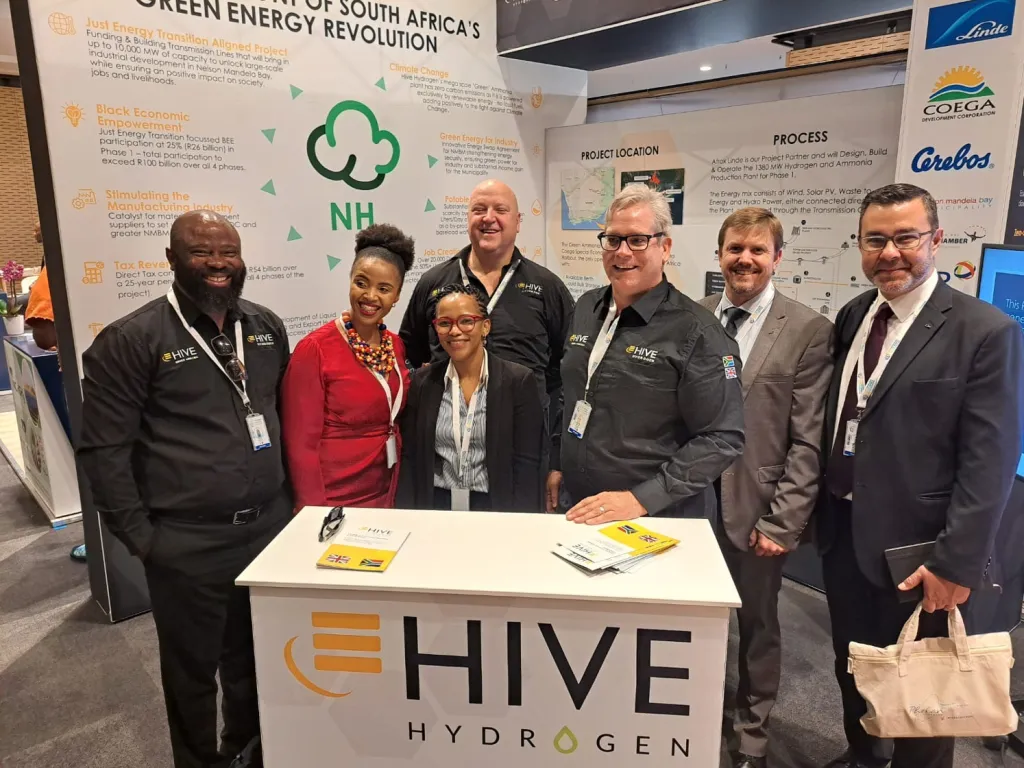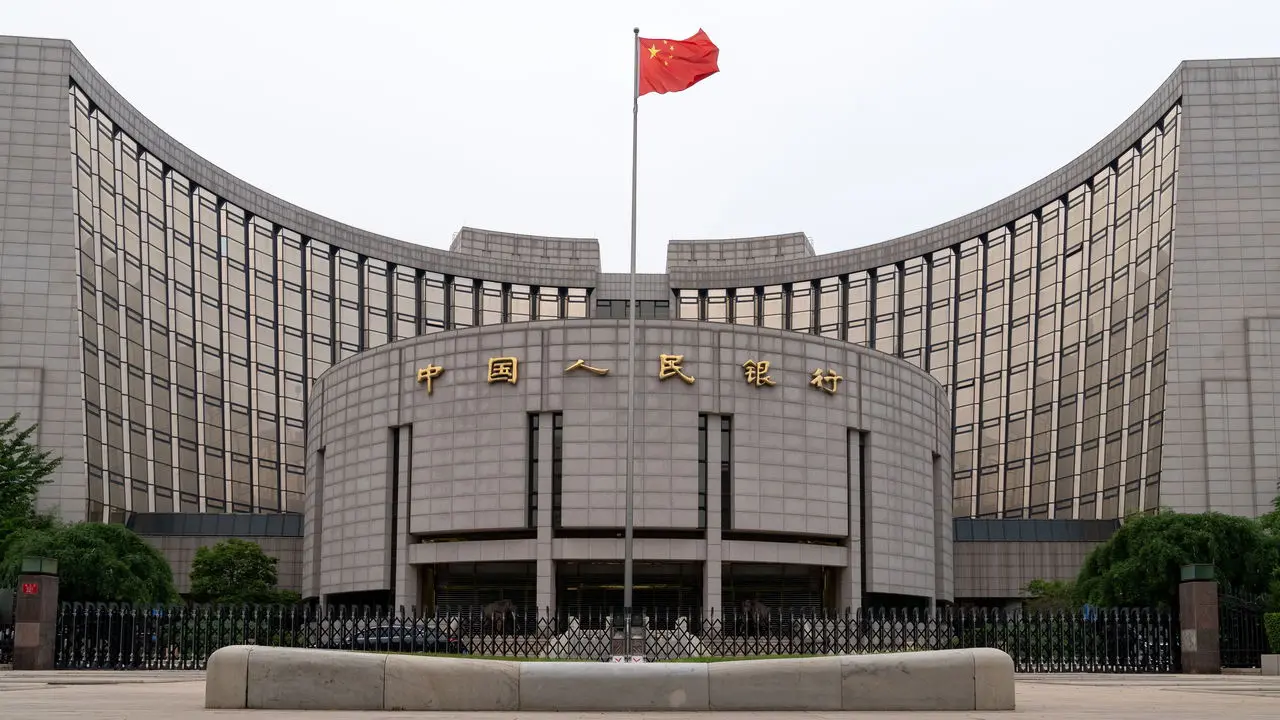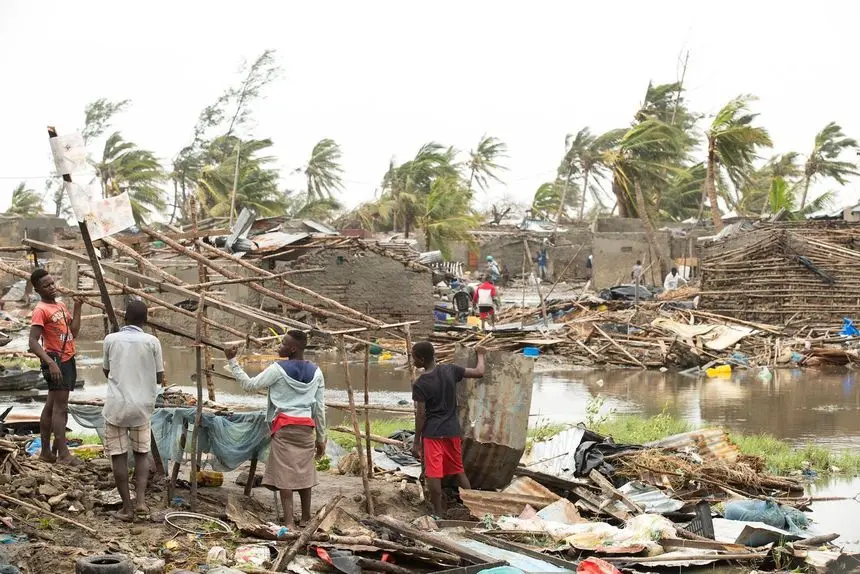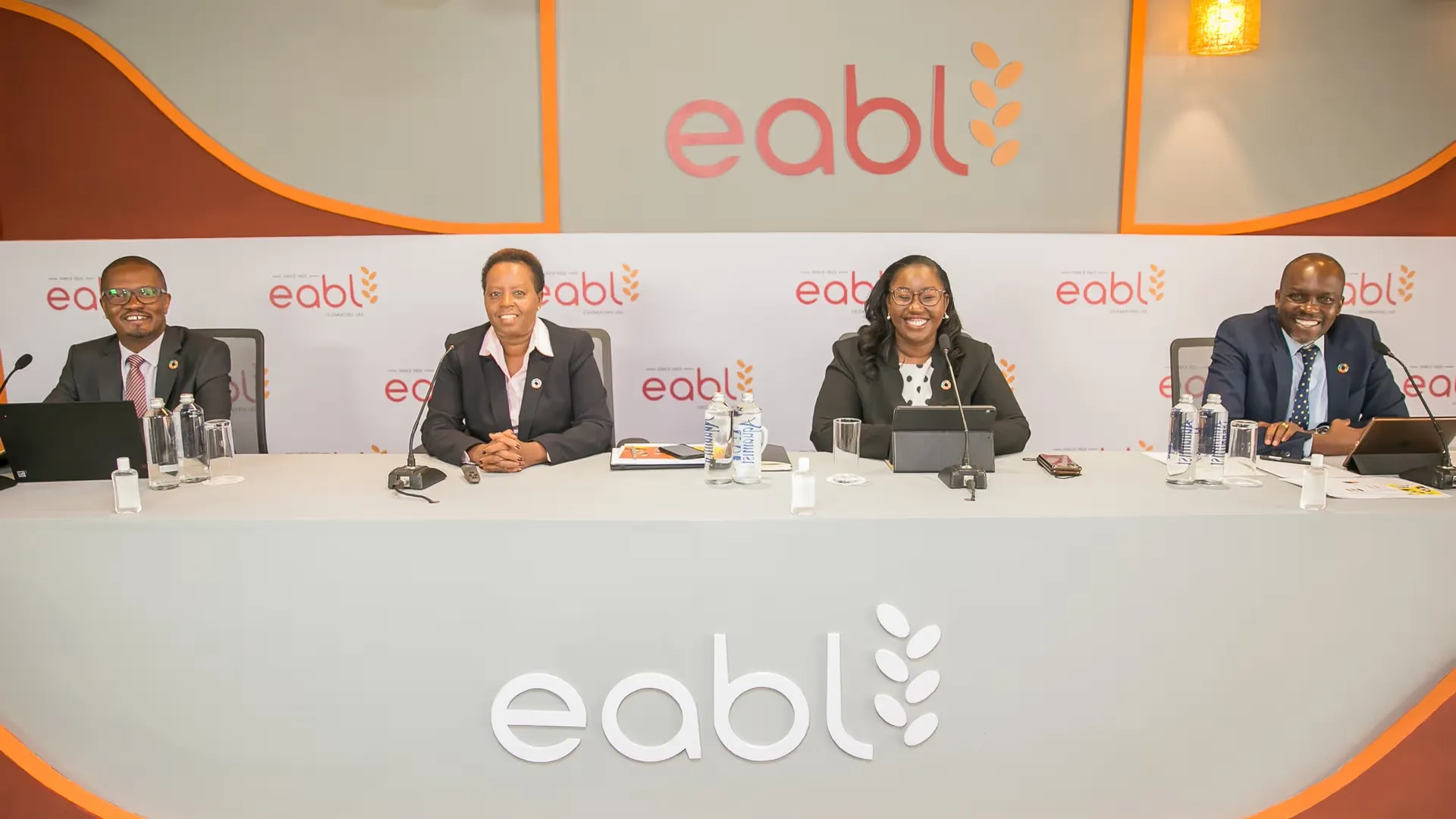In a pivotal moment for South Africa’s burgeoning green hydrogen economy, the Hive Hydrogen Coega initiative, poised to become the nation’s first large-scale green ammonia project, has successfully secured an initial investment of up to $20 million (approximately EUR 17.3 million) from the SA-H2 Fund. This landmark funding commitment marks a crucial stride in the country’s ambitious journey toward a sustainable energy transition and its aspiration to become a global leader in green hydrogen production and export.
The Coega Green Ammonia Project is strategically located within the Coega Special Economic Zone (SEZ) in Nelson Mandela Bay, Eastern Cape Province. This location is not accidental; the Coega SEZ offers a robust industrial environment with world-class infrastructure, including access to the deep-water Port of Ngqura, extensive road and rail networks, and a secure operational setting. These advantages are vital for a project of this magnitude, which will rely heavily on efficient logistics for both its renewable energy inputs and the export of its final product. The SEZ also provides various incentives and a supportive regulatory framework designed to attract significant foreign and domestic investment, fostering economic growth and job creation in the region.
The project is the brainchild of Hive Hydrogen South Africa, a dynamic joint venture between UK-based Hive Energy and the South African renewable energy and investment firm BuiltAfrica. This collaboration brings together international expertise in large-scale renewable energy development with deep local market knowledge and investment capabilities, forming a formidable partnership for driving South Africa’s green energy agenda.
A Beacon of Green Energy: Project Scale and Components
The Hive Hydrogen Coega project is an integrated green ammonia facility designed for impressive scale and technological sophistication. Central to its operation will be a colossal 3.6 Gigawatts (GW) of renewable energy capacity, comprising a strategic blend of 2.4 GW of wind power and 1.2 GW of solar energy. This substantial clean energy input will power a state-of-the-art 1.2-GW electrolyser, a critical component responsible for splitting water into green hydrogen and oxygen. The facility will also incorporate advanced desalination facilities to secure a sustainable water supply from the Indian Ocean, air separation units to extract nitrogen, bulk ammonia storage, and dedicated export infrastructure at the Port of Ngqura.
Once fully operational, the plant is projected to produce an astounding 1 million tonnes of green ammonia annually. This significant output is primarily targeted for key export markets in Asia and the European Union, regions that are increasingly seeking to decarbonize their industrial sectors and energy supply chains. The choice of green ammonia as the end product is strategic, as it is easier to transport and store than pure hydrogen, and can be converted back to hydrogen at the destination or used directly as a clean fuel or chemical feedstock.
Reinforcing its export ambitions and global relevance, Hive Hydrogen has already cemented a Memorandum of Cooperation (MoC) with Japan’s ITOCHU Corporation. This MoC outlines the potential for strategic equity investment from ITOCHU, a major Japanese trading house with a global footprint, as well as crucial offtake agreements for the green ammonia produced. ITOCHU has been actively strengthening its initiatives to establish a value chain for stable supply of ammonia, including export, development of ammonia-fueled ships, and bunkering businesses, aligning perfectly with the Coega project’s objectives. This partnership is a testament to the international confidence in South Africa’s potential as a green hydrogen and ammonia producer.
The Catalyst: SA-H2 Fund’s Inaugural Investment
The initial $20 million investment from the SA-H2 Fund marks its inaugural funding commitment, underscoring the fund’s strategic importance and its role as a pioneering force in South Africa’s green hydrogen landscape. The SA-H2 Fund operates as a sophisticated blended finance platform, a mechanism that combines capital from various sources, including public and private entities, often to de-risk projects and attract further investment into critical, often higher-risk, sectors. It is managed through a strategic partnership between Climate Fund Managers (CFM) and Invest International, a Dutch development finance institution.
This initial financing package is meticulously designed to cover crucial early-stage development activities. These include the rigorous selection of Engineering, Procurement, and Construction (EPC) partners, detailed Front-End Engineering and Design (FEED) work, extensive permitting processes, and comprehensive environmental and social impact assessments. These foundational steps are vital for de-risking the project, ensuring its compliance with international standards, and preparing it for the much larger construction-stage financing. Significantly, the SA-H2 Fund has also retained an option to invest up to an additional $200 million in construction-stage financing, signaling a robust, long-term commitment to the Coega project’s success.
Sebastiaan Surie, Head of New Ventures at Climate Fund Managers, articulated the profound impact of this investment, stating, “This is a landmark first investment for SA-H2 and a defining project for the country’s green hydrogen economy. Hive’s project brings together scale, technical ambition, and global relevance — and has the potential to position South Africa as a competitive exporter of low-carbon energy.” This statement encapsulates the national and international significance of the Hive Hydrogen Coega initiative.
A Collaborative National Effort: Supporting SA-H2 Fund
The financing announcement coincided with South Africa’s Green Hydrogen Summit, held in Cape Town this week. This summit serves as a crucial platform for the nation to showcase its green hydrogen ambitions, attract investments, and foster collaborations. The commitment to the SA-H2 Fund extends beyond international partners, reflecting a strong domestic backing from key South African financial institutions.
In parallel with the SA-H2 Fund’s investment, South Africa’s Public Investment Corporation (PIC), the Industrial Development Corporation of South Africa (IDC), and the Development Bank of Southern Africa (DBSA) have jointly committed an impressive ZAR 656 million (approximately $36.8 million / EUR 31.8 million) to support the SA-H2 Fund.
- The Public Investment Corporation (PIC) is one of Africa’s largest asset managers, overseeing significant public sector funds, including the Government Employees Pension Fund. Their involvement underscores a commitment to sustainable long-term investments that align with national development goals.
- The Industrial Development Corporation (IDC) is South Africa’s largest development finance institution, with a mandate to drive industrial capacity and economic growth. The IDC has a strong focus on priority economic sectors, including renewable energy and the green economy, making their participation in supporting the SA-H2 Fund a natural fit for their strategic objectives.
- The Development Bank of Southern Africa (DBSA) is a leading development finance institution in Southern Africa, with a mandate to finance infrastructure development across the region. The DBSA actively manages the “Green Fund,” which supports projects aimed at facilitating a just transition to a low-carbon economy, and has been instrumental in de-risking green energy projects and attracting private sector investment.
The collective commitment from these influential South African entities highlights a unified national effort to de-risk and catalyse the country’s green hydrogen sector, demonstrating a strong public-private partnership model essential for scaling up such transformative projects.
South Africa’s Green Hydrogen Vision: A Global Contender
South Africa is strategically positioning itself to become a significant player in the global green hydrogen market. The country boasts exceptional renewable energy resources, particularly abundant solar and wind potential in regions like the Northern Cape and Eastern Cape. Coupled with existing port infrastructure and a skilled workforce, these factors give South Africa a competitive edge in producing green hydrogen and its derivatives at a potentially lower cost than many other global contenders.
The South African National Green Hydrogen Strategy envisions a future where green hydrogen contributes significantly to both domestic decarbonization and new export industries. This strategy aims to leverage the country’s natural endowments to create a new economic sector, fostering industrialization, job creation, and sustainable development. The Green Hydrogen Summit, where this funding announcement was made, serves as a high-level forum to align stakeholders, showcase project pipelines, and attract further international investment. Discussions at the summit often revolve around creating supportive policy frameworks, ensuring a “just transition” that benefits local communities, and building the necessary skills and infrastructure to support a thriving green hydrogen economy. For South Africa, green hydrogen is not just an environmental imperative but a powerful tool for economic transformation and energy security, reducing reliance on fossil fuels and diversifying its export base.
Powering the Future: The Crossroads Green Energy Cluster
A crucial enabling factor for the Hive Hydrogen Coega project’s success is the dedicated renewable energy supply. Separately, Hive Energy announced the completion of the development phase for the Crossroads Green Energy solar cluster. This impressive portfolio of nine solar photovoltaic (PV) sites, primarily located in the Northern Cape, one of the world’s highest average annual solar irradiation areas, will contribute approximately 1,430 MW of power. This represents about 40% of the green ammonia plant’s total power requirements, demonstrating a significant step towards securing a reliable and sustainable energy source for the electrolysers.
The Crossroads Green Energy cluster was collaboratively developed in partnership with France-based Akuo Energy, a global renewable energy developer and Independent Power Producer (IPP), along with South African firms Africoast Investments South Africa and Golden Sunshine Trading South Africa. This consortium highlights another successful international-local partnership model, essential for executing large-scale renewable energy projects in the country. The completion of the development phase, including securing all necessary permits, authorisations, and environmental approvals, is a major de-risking event for the overall Coega project. Furthermore, the project’s planned grid strengthening program is expected to unlock an additional 20,000 MW of grid capacity for other independent power producers across South Africa, addressing a critical bottleneck for further renewable energy development.
The Global Imperative: Why Green Ammonia Matters
The global demand for green hydrogen and its derivatives like green ammonia is projected to surge dramatically in the coming decades as industries and nations strive to achieve their decarbonization targets. The global green ammonia market alone was valued at approximately USD 320.2 million in 2023 and is anticipated to witness a Compound Annual Growth Rate (CAGR) of over 66.3% from 2024 to 2032. This exponential growth is driven by several key factors:
- Decarbonization of Hard-to-Abate Sectors: Green ammonia offers a pathway to significantly reduce emissions in sectors that are challenging to electrify directly, such as heavy industry (e.g., steel production, chemicals), long-distance shipping, and fertilizer production.
- Sustainable Fertilizers: Ammonia is a primary component in nitrogen-based fertilizers. Producing green ammonia using renewable energy drastically lowers the carbon footprint of agricultural practices.
- Shipping Fuel: Green ammonia is emerging as a promising alternative marine fuel. Its higher energy density compared to hydrogen makes it more viable for long voyages, and major shipping companies are investing in ammonia-fueled vessels to meet stringent IMO (International Maritime Organization) emissions regulations.
- Hydrogen Carrier: As mentioned, ammonia can act as an efficient carrier for hydrogen, simplifying its transport across continents. Once at the destination, it can either be “cracked” back into hydrogen or used directly as a fuel.
- Energy Storage: Ammonia can also serve as a form of energy storage, converting intermittent renewable energy into a stable, transportable chemical.
The targeted export markets of Asia (particularly Japan and Korea, as evidenced by the ITOCHU partnership) and the European Union are at the forefront of this green energy transition, driving significant demand for low-carbon fuels and industrial feedstocks. South Africa’s strategic location, between these two major demand centers, further enhances its appeal as an exporter.
Economic and Social Impact: Beyond the Megawatts
Beyond the impressive technical specifications and financial commitments, the Hive Hydrogen Coega project holds immense potential for tangible economic and social benefits within South Africa. Large-scale green hydrogen projects are catalysts for broader economic development, capable of generating significant direct and indirect employment opportunities. These include jobs in construction, operations, maintenance, and a wide array of supporting industries.
The project is expected to stimulate local supply chains, creating demand for goods and services from South African businesses. The development within the Coega SEZ is poised to attract further investment into the region, fostering industrial growth and diversification in Nelson Mandela Bay and the wider Eastern Cape Province. Furthermore, the commitment to a “just transition” framework, often emphasized in South Africa’s green economy initiatives, means that these projects aim to ensure that the benefits are widely shared, including skills development for local communities and a focus on socio-economic empowerment.
The Road Ahead: Financial Close and Commercial Operations
The Hive Hydrogen Coega project aims to reach its crucial financial close milestone in the second half of 2026. This phase will involve securing the bulk of the project’s total financing, estimated at around $5.8 billion, from a consortium of lenders and equity investors. The early-stage investment from SA-H2 Fund and the strong backing from South African development finance institutions are critical in de-risking the project to attract this larger pool of capital.
Following financial close, the project will move into its intensive construction phase, with commercial operations expected to commence by 2029. This timeline reflects the complexity and scale of building such a sophisticated integrated facility. As the world accelerates its transition to a low-carbon future, projects like Hive Hydrogen Coega are not merely individual ventures but critical components of a global mosaic, demonstrating how strategic investment, innovative partnerships, and abundant natural resources can converge to unlock a new era of clean energy and sustainable economic growth. South Africa’s green hydrogen journey is set to be a beacon of opportunity, lighting the path for other emerging economies to follow.
Ready to take your career to the next level? Join our dynamic courses: ACCA, HESI A2, ATI TEAS 7 , HESI EXIT , NCLEX – RN and NCLEX – PN, Financial Literacy!🌟 Dive into a world of opportunities and empower yourself for success. Explore more at Serrari Ed and start your exciting journey today! ✨
Photo Source: Google
By: Montel Kamau
Serrari Financial Analyst
16th June, 2025
Article, Financial and News Disclaimer
The Value of a Financial Advisor
While this article offers valuable insights, it is essential to recognize that personal finance can be highly complex and unique to each individual. A financial advisor provides professional expertise and personalized guidance to help you make well-informed decisions tailored to your specific circumstances and goals.
Beyond offering knowledge, a financial advisor serves as a trusted partner to help you stay disciplined, avoid common pitfalls, and remain focused on your long-term objectives. Their perspective and experience can complement your own efforts, enhancing your financial well-being and ensuring a more confident approach to managing your finances.
Disclaimer: This article is for informational purposes only and does not constitute financial advice. Readers are encouraged to consult a licensed financial advisor to obtain guidance specific to their financial situation.
Article and News Disclaimer
The information provided on www.serrarigroup.com is for general informational purposes only. While we strive to keep the information up to date and accurate, we make no representations or warranties of any kind, express or implied, about the completeness, accuracy, reliability, suitability, or availability with respect to the website or the information, products, services, or related graphics contained on the website for any purpose. Any reliance you place on such information is therefore strictly at your own risk.
www.serrarigroup.com is not responsible for any errors or omissions, or for the results obtained from the use of this information. All information on the website is provided on an as-is basis, with no guarantee of completeness, accuracy, timeliness, or of the results obtained from the use of this information, and without warranty of any kind, express or implied, including but not limited to warranties of performance, merchantability, and fitness for a particular purpose.
In no event will www.serrarigroup.com be liable to you or anyone else for any decision made or action taken in reliance on the information provided on the website or for any consequential, special, or similar damages, even if advised of the possibility of such damages.
The articles, news, and information presented on www.serrarigroup.com reflect the opinions of the respective authors and contributors and do not necessarily represent the views of the website or its management. Any views or opinions expressed are solely those of the individual authors and do not represent the website's views or opinions as a whole.
The content on www.serrarigroup.com may include links to external websites, which are provided for convenience and informational purposes only. We have no control over the nature, content, and availability of those sites. The inclusion of any links does not necessarily imply a recommendation or endorsement of the views expressed within them.
Every effort is made to keep the website up and running smoothly. However, www.serrarigroup.com takes no responsibility for, and will not be liable for, the website being temporarily unavailable due to technical issues beyond our control.
Please note that laws, regulations, and information can change rapidly, and we advise you to conduct further research and seek professional advice when necessary.
By using www.serrarigroup.com, you agree to this disclaimer and its terms. If you do not agree with this disclaimer, please do not use the website.
www.serrarigroup.com, reserves the right to update, modify, or remove any part of this disclaimer without prior notice. It is your responsibility to review this disclaimer periodically for changes.
Serrari Group 2025












